The 20th Adversary
\\\\\\\\\\
- 6 Posts
- 8 Comments
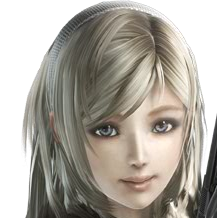 1·4 years ago
1·4 years agoThe director checks the genga first before it goes to the sakkan. Some directors are former animators themselves, though this is rarer than you would think. Well known directors who are also animators include Kawajiri, Anno, and Miyazaki. Directors who don’t animate would be Rin Taro, Watanabe Shinichiro and Oshii. So each case is different. If the director can fix the timing himself, he does. Otherwise, he makes a note about how timing should be changed, then gives it to the sakkan to revise. The sakkan does more than correct drawings. He will change movement and timing as needed. Even before the genga is begun, the sakkan will often rough-pose the scene during the layout-check stage.
I can’t say I’ve heard anyone referred to as “ni-gen” per se, but these days, because of the increasing sophistication of Japanese animation, they are finding the old system inadequate in many ways. An animator-director like Koike Takeshi demands a very idiosyncratic style of movement. On Trava, for example, he employed five assistants who did clean up on his rough animation. These assistants are key animators in their own right, but were not used to create movement.
In Korea, a lot of animators working on American shows use assistants in order to increase their output. American shows often have twice the cel count as Japanese shows. These assistants draw better than inbetweeners, but don’t yet have the animation skills to handle genga. They are like apprentices who work under the employ of a particular animator and receive a cut of that animator’s pay.
My guess is that “ni-gen” refers to these assistants.
 1·4 years ago
1·4 years agoI can see how that sounds confusing. I’m talking about from the studio’s perspective. If an inbetweener spends 10 minutes or 2 hours drawing one sheet, it costs the same to the studio. The tendency therefore is to load up on detail on each sheet to maximize production values. More sheets equals more cost for the studio. The inbetweener tries to work as fast as possible, naturally.
American studios pay artists by the hour. They do not want inbetweeners spending time on each drawing. In this case, more detail equals more cost.
The animator specifies the number of inbetweens in a cut. The director keeps track of the cel count. Animators have to self-police themselves on using too many inbetweens. If they call for too many, the director will change the timing himself without consulting the animator. Before all that, the director will explain to his staff where the animation needs to be fullest during the hand-out process.
I don’t want to address your other questions about the future of 2D animation here. That’s a completely different topic best left to another thread.
 1·4 years ago
1·4 years agoSome more thoughts on the sakkan system. I always serve as my own sakkan on projects I direct. I can tolerate the process because I start by choosing my animators carefully. I consider it both a challenge and an opportunity to learn from the methods of other animators. I couldn’t do it as a regular job.
Many Japanese animators, as they get recognized by the studio, will get tapped to do sakkan work. They will take on the job for the higher pay, the challenge, the added prestige and the chance to influence the entire production. Many of them go running back to doing genga after the end of a season. A sakkan feels like he’s being dumped on. He is the guy who has to clean up the mess. The majority of animators will do sloppy genga as quickly as possible just to collect their pay. They know their work is going to be corrected anyway, so they don’t bother to draw on model. The sakkan wants to send the genga back, if for no other reason than to let the animator understand his mistakes and not to repeat them. Usually, the studio can’t afford to do that, so the sakkan is stuck fixing the same stupid errors again and again. He can’t enjoy the animation process any more because all he sees are the mistakes. Meanwhile, the hack animator gets paid whether his work is corrected by the sakkan or not. This, in turn, keeps the average wages low, as studios are reluctant to pay good wages to animators whose work will be discarded by the sakkan. Good animators who have proven themselves to be reliable are paid special rates. Unfortunately, because of the shortage of animators, many substandard people manage to keep working precisely because of the sakkan’s efforts. When the key animation is done in some foreign country, the sakkan can feel especially helpless.
Other animators may sometimes resent the sakkan’s messing with their work too. At times, an animator may do his best, spending a lot of effort and time making very detailed genga, only to find that the sakkan has totally redone it in his own style. That only has to happen a few times before the animator decides it’s not worth working so hard on a scene. It can become a vicious cycle if not carefully checked. Morimoto is notorious for being a hard director/sakkan to work for because of his impossibly high standards. Other animators don’t want to work on his projects because they know, no matter how hard they try to do their best, their animation will likely be discarded. In some cases, the reason for this may be more a matter of the sakkan’s particular taste than anything innately wrong with the animator’s work.
 1·4 years ago
1·4 years agoThanks, H, though my current projects are going keep me busy for the next couple of years at least. If you got the Cyber X cliip, I take it you used to visit the Aeon Flux board? To those who have asked, I will not discuss Aeon Flux here, just my thoughts on the topic at hand.
I’ve visited this site occasionally and have been impressed with Ben’s range and depth of knowledge about the current Japanese animation industry, the names and credits of individual animators, particularly the latest rising talents. There’s a lot of misinformation about Japanese animation floating out there. Anipages is the one place where I’ve found the information to be sound and the fans earnest about appreciating the artform, so I decided to post here. There is even a lot of misconceptions on the part of American animation professionals regarding Japanese animation, but also the other way around. It blows Japanese animators’ minds when they’re told a feature film made in the U.S. can cost over $100 million to make.
I’m making comparisons between the U.S. methods and the Japanese because it’s hard to describe what makes Japanese animation different otherwise. (Different from what?)
On the tiny mouths of characters, to be more accurate, it makes the fact that there are fewer poses less noticeable.
When it comes to the job of the animation director, there is a very big difference between TV and feature animation in the U.S. Not so much in Japan. In Japan, current feature animation production is basically the same as their TV production, but with a higher budget. In TV, American directors write down all the timing instructions on their x-sheets before sending the scenes to the animators (usually to Korea). In American features, the system is not really standardized, and will differ according to the studio and the particular individuals involved. There was a tendency towards “directing animators” rather than “animation directors” (when they were still making 2D features). That reflects the emphasis on character, since “animation director” is too general.
In Japan, animators start with completely blank x-sheets. The sakkan’s job is to be the “fixer” after the animator finishes his part. His main role is to maintain consistency in the drawing, that is to put the characters on model. The system is very standardized across the industry. If you look at the end credits to Japanese features, you will see the involvement of a lot of different studios contributing everything from layouts to camera. For all the studios to be able to work together, there has to be a universal consistency in methods. This is also the reason why the Japanese industry was so slow to make the transition to digital. They all had to change together, including their subcontractors in Korea and China.
There is no “always” in art. Specialization increases quality, but costs more. The Japanese understand that, but resist it for the sake of freedom and efficiency. (When possible, they do choose animators best suited for particular scenes.) Organizing by specialization takes longer to produce animation, therefore costs more money. Costing more money means that the films have to be more popular. That in turn means that creative freedom is restricted. Many Japanese studios and directors would prefer to have lower budgets and more freedom than higher budgets with less freedom. It seems that many American directors feel it is their job to make films that appeal to the maximum number of viewers. They would say that specialists are critical to achieving that goal.
Richard Williams is unusual in his stance in favor of top pegs. Almost all American animators use bottom pegs nowadays. The fact is, that a good animator can work either way. I’d recommend beginners to learn on bottom pegs first. For me, it makes the process more enjoyable, but for that reason, it can become a crutch. You can end up needlessly rolling your drawings back and forth. These days, I use top pegs. I find it forces me to focus harder and I can work faster.
The pay for key animation varies wildly, depending on the show. 2000 yen per cut sounds like the lowest end of the range, not the average. Probably shows like Anpanman do pay on that level. In Korea, American shows pay by the foot. (A unit that is meaningless today, but persists as part of the traditional professional lingo). Key animation on Nickelodeon’s Avatar pays about 11000 won per foot ($11 currently). A 2 second cut is 3 feet (1.5 ft/sec). Most cuts are much longer. You can see why Korean animators don’t want to work on Japanese shows.
On the other hand, 200 yen per sheet of douga is about the current average as far as I know.
 1·4 years ago
1·4 years agoLeedar, I can’t say exactly when the sakkan system became standardized, but my guess would be some time during the mid 60s, when TV animation production was starting to take off in a big way. I remember seeing episodes of Marine Boy as a kid and being fascinated by the fact that the drawing style for a particular episode would be different from others, yet look completely consistent within itself. As if one artist had drawn the entire episode by himself. I later learned it was the sakkan who made this possible.
In credits, sakkan is usually translated into English as animation director, and that is good enough for the general animation fan. However, his job is quite different from that of animation director in an American production. In many cases, ideally, the sakkan is also the character designer.
Sakkan is short for Sakuga Kantoku, which literally means “work-drawing director”. If I can be allowed a bit of leeway in interpreting the term, when I say “work-drawing”, I might compare it to the term “workprint” in general filmmaking,. That is, an artifact of production which is not the finished product, but a stage of the work-in-progress that is never seen by the audience.
In Japan, the layouts are usually drawn by the same animators who will eventually be animating the scene. The layouts are handed in and go through a series of checks- once by the director, then by the sakkan. The sakkan at this stage makes any corrections in composition, posing and perspective, then the scene is sent back to the animator.
When the key animation drawings, the genga, are done, they go through a second series of checks-- the director looks at them, makes notes, then it goes back again to the sakkan for correction. This is what the sakkan does: after flipping the drawings to decide what needs to be corrected, he pegs the first piece of genga on his desk, then pegs a blank colored (usually yellow) sheet over it He picks out the problem areas and draws over them with a clean line, making sure his new lines dovetail into the shapes of the usable parts of the genga. He places the next drawing down and repeats the process until he has corrected the entire stack. The trick is in making sure that the original parts work with the corrected parts, but also to make sure that the corrected parts also work between themselves. It’s a bit like playing 3-dimensional chess.
The colored paper identifies the sakkan’s work immediately. It is up to the douga (inbetweener) to combine the sakkan’s lines with the usable parts of the genga onto one final, cleaned up sheet. I have seen cases where there are multiple sakkans on a project and a chief sakkan (or director) might make additional corrections (on yet another different color paper) on a sakkan’s corrections over a piece of genga. On projects where robots or vehicles are featured prominently, there may be a separate sakkan that specializes in that (mecha sakkan). Sometimes, if the original genga is completely unusable, the sakkan redraws every piece of genga himself. The highly skilled ones are able to do this without any roughs of their own, in a sense, using the bad genga as the preliminary draft and drawing perfectly clean key animation in one pass. The genga is usually not sent back to the animator unless he has totally misinterpreted the scene. It is usually faster for the sakkan to simply redo it than call for a retake.
In any given studio, there is usually a small handfull of very talented animators and lots of mediocre ones. The sakkan system enables the studio to maximize the output of their best artists while allowing the average artists to do most of the grunt work. Most of the hours that go into animating a scene happen at the beginning, as the animator has to work out technical matters such as cel levels, camera instructions, perspective, and registering elements to the background. By using the sakkan’s skills only where they are needed most, the studio can give every scene the same degree of polish without having to waste the sakkan’s time on drudgery.
Having said that, the sakkan’s job is the most stressfull and demanding of anyone’s on the crew. An ordinary scene can not usually be made excellent with a last-minute fix. A sakkan’s effort salvages animation that would otherwise be unacceptable, or bring substandard work at least to a level on par with the rest of the work. That is why his job is so frustrating. A sakkan is usually skilled enough to be able to produce excellence if allowed to simply animate from scratch. However, he must spend his time trying to redeem the failures of lesser artists. It takes a very special type of personality to make a good sakkan. I doubt many American animators would have the temperament. Not because of any lack of skill, but because it would drive them crazy.
 1·4 years ago
1·4 years agoWhen animation used to be shot on 35mm film, the type of pegbar setup the animator used had a great influence on how the camera was used. The American style disc has two pegbars at the top and bottom which could slide left to right for sliding cel levels. The pegbars have increments in inches, with the smallest units being .05". These correspond to the increments on the camera stand, though the cameras were capable of finer movement. The animator then wrote down on his exposure sheet (x-sheet) the amount the camera was to move for each frame. The goal was, as you say, accuracy.
The Japanese pegbar is a simple flat strip of metal with registration pegs. The approach is to simply eyeball everything. Instructions for camera moves were drawn in lines (or curves) with increments drawn freehand as the animator saw fit for each move. The cameraman would use these guides to move the camera accordingly. The pegbars on a Japanese optical camera were not attached to the camera bed, allowing backgrounds to be moved freely underneath. This opened up a greater range of movement for shots like flying scenes, but would also result in less precision in simple panning walking cycles, where the feet wouldn’t be properly anchored on the background. Sliding foot syndrome.
All this is obsolete today, as all camerawork is done digitally. The camera, lenses and filters are completely unrestricted in their range. A current pet peeve of mine with Japanese animation trends is the tendency to mimic live action cinematography with overuse of hand-held “shakycam”, diffusion filters, focus pulls, etc (made possible by the digital camera). Ironically, such stylization is not so much the achievement of greater realism, but of greater artifice. Directors who use such techniques are not reflecting natural experience, but exploiting tropes derived from the particular idiosyncracies of the live action camera (which has little to do with how we perceive the real world). We are used to seeing such camerawork in live action, so they hope to fool the brain into thinking that their animation is as real as a live action film. Which is self-defeating. Animation, no matter how well crafted, can never represent the real world better than live-action. Animation is best used to portray a different kind of reality, not the objective external world, but the subjective, personal vision of the artist.
I will address Leedar’s question later, as that is a pretty complicated matter to try to describe in words.
As for Korean studios, they were traditionally set up to either do subcontract work for Japanese or American producer clients. (There are increasing numbers of domestic Korean productions too, and these are modelled after the Japanese system, since it costs less.) Most Korean animators have experience in both methods. The best Korean animators prefer to work on American shows, since they pay better and they are allowed to use more cels-- that is why the Korean animators who do work on Japanese productions are not usually representative of good Korean animation (to address Ben’s perennial gripe.)
Now I have to get back to work – storyboarding on the new CG Astroboy movie.
deleted by creator

 2·4 years ago
2·4 years agodeleted by creator
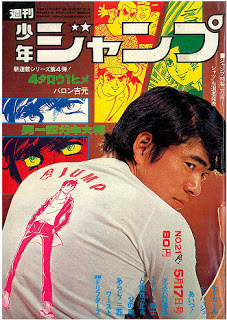

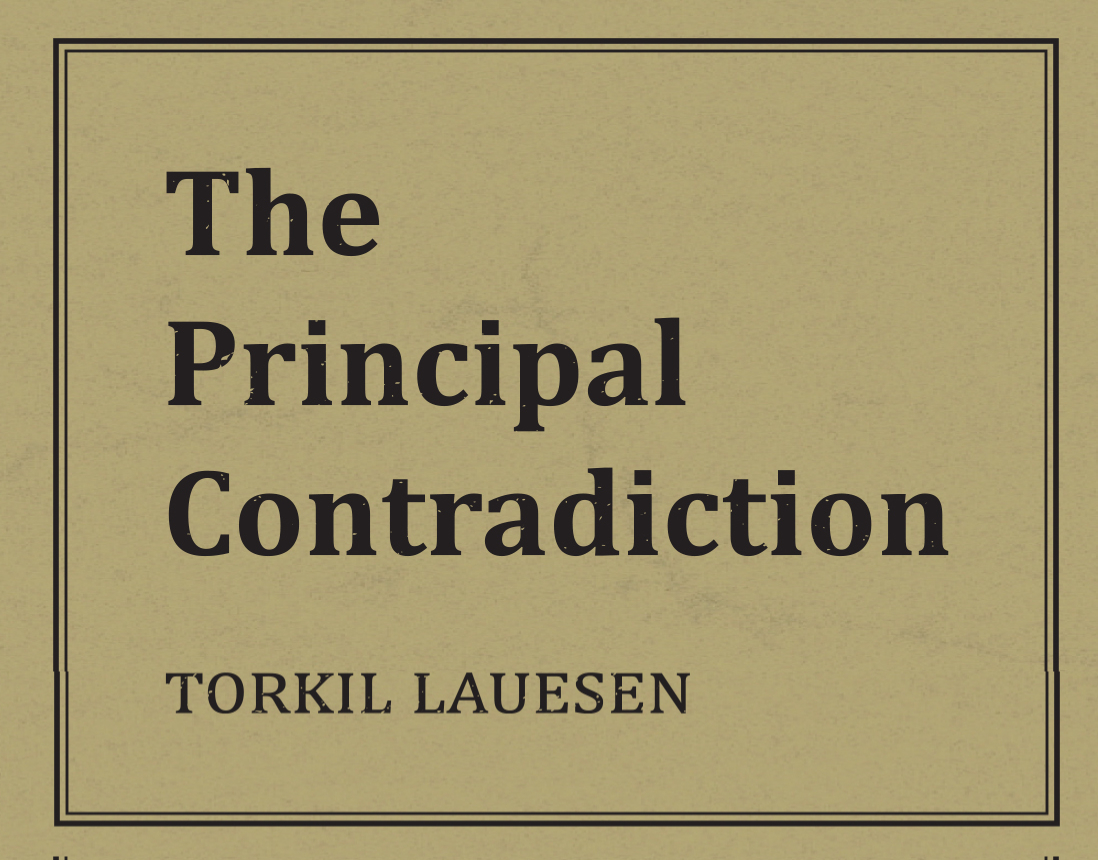

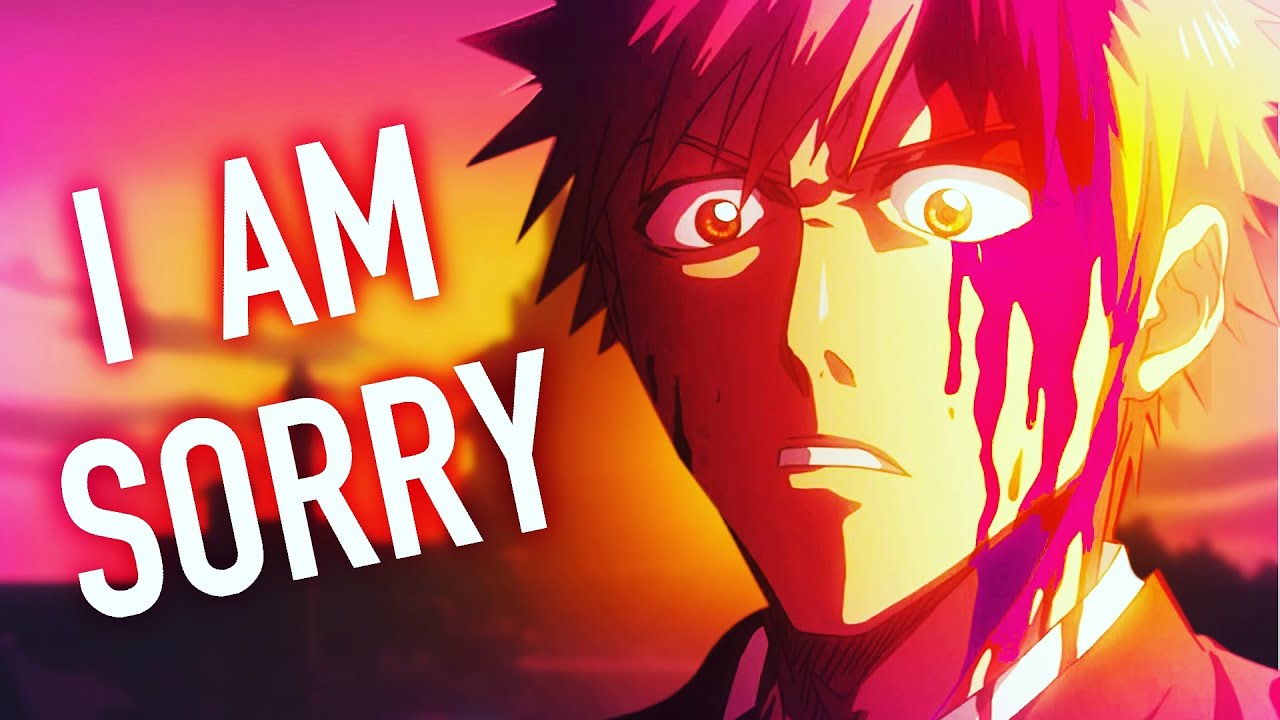
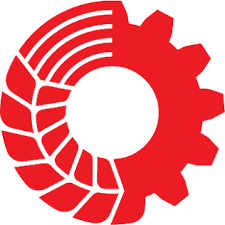
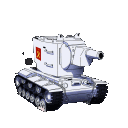
And a bunch more responses I can’t be bothered to copy-paste here. They go up to page 9, though his proper responses end around page 8.